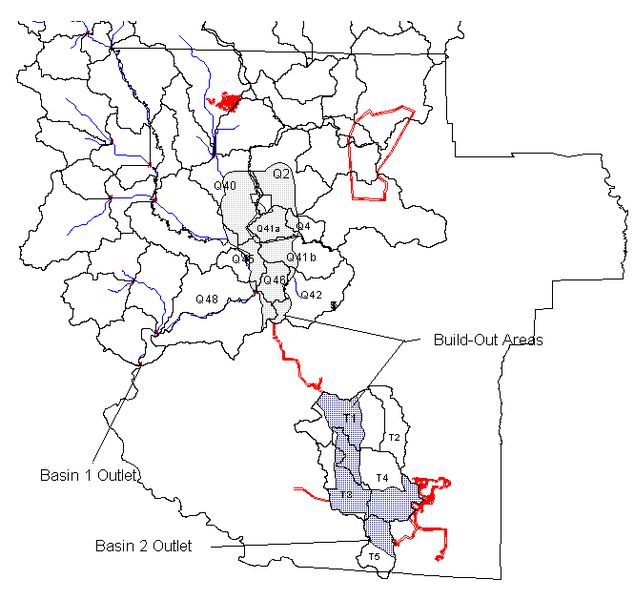While we in Georgia were still pouring money down that nuclear pit near the Savannah River, Germany has been getting on with real renewable energy. We could have deployed almost that much solar power with just the cost overruns so far at Plant Vogtle.
Nicholas Brown wrote for Clean Technica 8 September 2012, Germany Added 543 MW of Solar Power Capacity in July,
According to Matt McDermott of Treehugger: “[In] the first half of 2012 Germany has installed just over 4.37 gigawatts of grid-tied solar power. Remarkably just about 1.8 GW of that happened in June alone (perhaps even more remarkable, this isn’t even a record amount for one month in Germany).”
The amount of solar power capacity added in June was much more than July’s, but July’s was still impressive. July’s addition brings Germany’s total installed capacity for the first half of 2012 to 4,900 MW (4.9 GW).
This impressive solar installation rate had a lot to do with Germany’s famous Feed-in Tariffs (FIT), but it also had a lot to do with Moore’s Law, illustrated by that graph of cost per kilowatt rapidly going down.
 543 MW?
That’s more than the 330 MW of solar
the $913 million cost overrun at Plant Vogtle in the
first half of 2012 could have bought.
1800 MW in June and 543 MW in July?
That’s 2343 MW, which is more than the entire rated 2200 MW output of Plant Vogtle 3 and 4 put together, if they ever get built.
Sure, the sun doesn’t shine all the time, but in the years until the nukes ever
get built (if ever), how much solar could we deploy at the rate of one Vogtle unit equivalent a month?
543 MW?
That’s more than the 330 MW of solar
the $913 million cost overrun at Plant Vogtle in the
first half of 2012 could have bought.
1800 MW in June and 543 MW in July?
That’s 2343 MW, which is more than the entire rated 2200 MW output of Plant Vogtle 3 and 4 put together, if they ever get built.
Sure, the sun doesn’t shine all the time, but in the years until the nukes ever
get built (if ever), how much solar could we deploy at the rate of one Vogtle unit equivalent a month?
Hey, maybe we should cancel Plant Vogtle and deploy solar instead! Maybe Georgia Power and Southern Company will realize their big bet has already gone bad. Or maybe we should elect some Public Service Commissioners and legislators who will get them to realize it.
-jsq
















